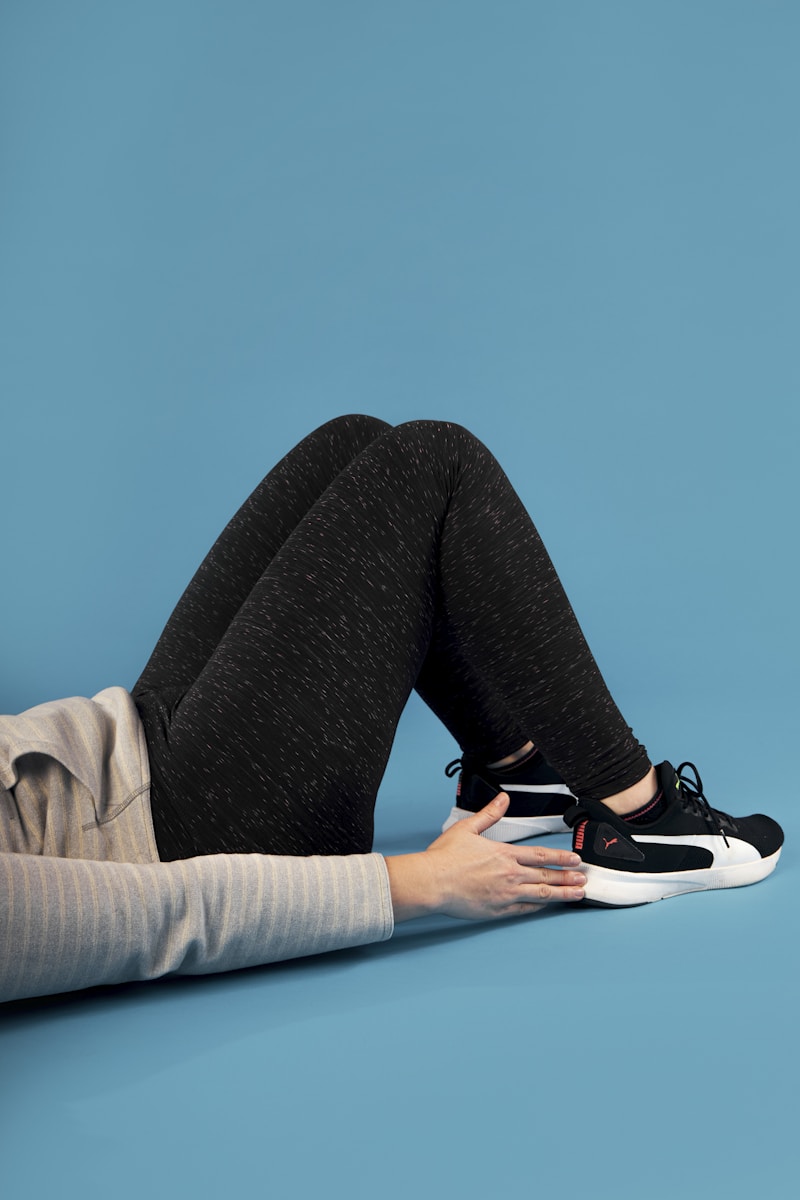Understanding Fabric Choices That Accommodate Shifts: The Ultimate Guide
Introduction to Fabric Choices
Choosing the right fabric for your projects is not just about aesthetics; it's a technical decision that can significantly affect the functionality of your work. In this comprehensive guide, we'll explore the various fabrics available and how they can accommodate shifts in design, usage, and wear. Whether you're sewing garments, creating upholstery, or designing accessories, understanding fabric choices is crucial for achieving the best results. This article will cover key factors influencing your fabric selection and provide insights into popular fabrics that manage shifts effectively, ensuring your projects stand the test of time.
Why Fabric Choice Matters
Fabric choice is paramount for multiple reasons. First, different fabrics have unique properties, such as stretchability, breathability, and durability, which influence how they perform under various conditions. For example, if you are designing sportswear, you need fabrics that are not only comfortable but also breathable and stretch perfectly with movement. Thus, understanding how different fabrics shift with movement and time is essential.
Fabric Types and Their Properties
When looking for fabrics that accommodate shifts effectively, one must consider the following categories:
| Fabric Type | Characteristics | Best Uses |
| Stretch Fabrics | Offers elasticity, retains shape | Activewear, dance costumes |
| Woven Fabrics | Structured, minimal stretch | Tailored clothing, upholstery |
| Knits | Soft, adaptable, often stretchy | T-shirts, sweater garments |
| Non-woven Fabrics | Dense, versatile, often thicker | Interlining, disposable items |
Factors to Consider When Choosing Fabrics
Below are essential factors to keep in mind when selecting fabrics that can adapt well to shifts in use, design, and style:
1. Fabric Composition
The materials that comprise the fabric directly influence its properties. Natural fibers like cotton and linen provide breathability and comfort, making them excellent choices for everyday garments. Synthetic options, such as polyester and spandex, often offer enhanced durability and stretch, which are ideal for more active or demanding apparel. Understanding the fiber content helps predict how the fabric will react to shifts in usage and time.
2. Weight and Drape
The weight of the fabric impacts not only its feel but also how it behaves when used in a project. Heavier fabrics like denim or canvas hold structure, making them suitable for outerwear or bags, while lighter fabrics like chiffon and georgette can create softer silhouettes that may shift gracefully. This aspect is particularly crucial when designing clothing meant to transition from day to night.
3. Care and Maintenance
Another significant consideration is how easy the fabric is to care for. Fabrics that require dry cleaning or special handling may not be practical for everyday garments. Easy-care fabrics often accommodate shifts in lifestyle; they can handle regular wear and frequent washing without losing their quality or form.
4. Color and Pattern Stability
Fabrics can undergo noticeable shifts in appearance after washing or prolonged use. It’s vital to understand whether dyes will fade, bleed, or change with time. Testing fabric swatches for color fastness can save projects from becoming disappointing due to color error.
5. Purpose of the Fabric
Identifying your project’s primary goal can guide your fabric choice. Whether you need something for functionality, aesthetic appeal, or versatility, consider how the fabric will perform in various conditions. For example, a fabric used for a professional jacket must maintain structure while allowing for ease of movement.
Best Fabric Choices for Adaptability
Now that we have discussed the basic considerations for effective fabric choices, let’s look into specific fabrics known for their adaptability:
1. Stretch Denim
Stretch denim combines the durability of traditional denim with a percentage of spandex, allowing for enhanced movement while maintaining style. This makes stretch denim suitable for everything from fashionable jeans to tailored jackets, accommodating shifts in both wear and style.
2. Performance Knits
Performance knits are engineered to provide flexibility, moisture-wicking, and comfort. They are commonly used in athletic wear, ensuring that garments can shift with the wearer’s movements without restriction.
3. Softshell Fabrics
Softshell is a versatile fabric that blends comfort with durability. Typically waterproof and stretchy, it is an excellent choice for outerwear, allowing freedom of movement and adaptability to changing weather conditions.
4. Rayon Blends
Rayon blends, particularly those mixed with spandex or polyester, provide the drape of natural fibers while adding resilience. They are perfect for garments intended to flow and shift gracefully, making them ideal for dresses and skirts.

Conclusion
Choosing the right fabric is crucial for creating projects that not only look great but also stand the test of time and usage. By understanding fabric choices that accommodate shifts, you can enhance the functionality and appeal of your designs. Always consider the fabric's composition, weight, care requirements, and design purpose to make informed decisions. Remember that testing your fabric choices ahead of time will help avoid surprises and ensure success in your projects. As you embark on your next fabric journey, keep these considerations in mind, and you’ll be well on your way to creating stunning, functional work that accommodates shifts with style and grace.